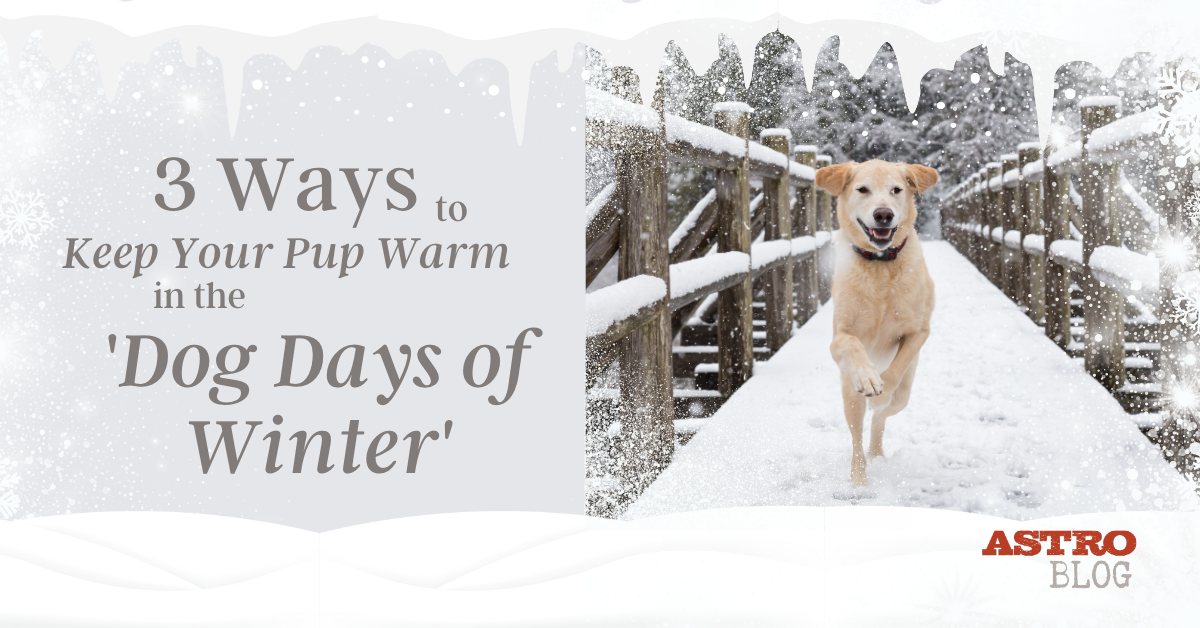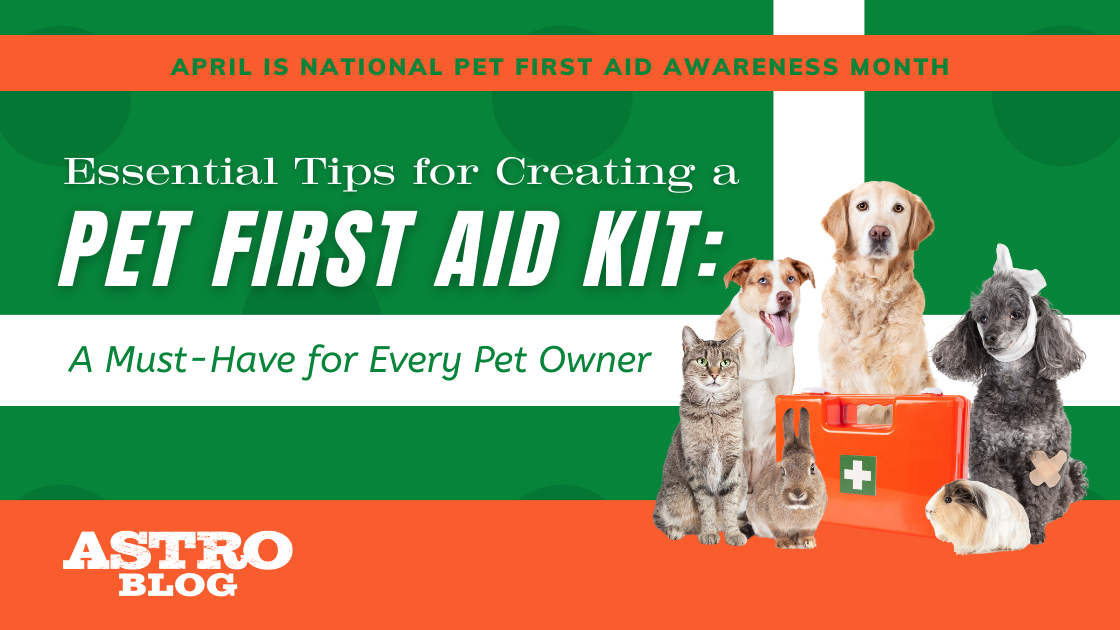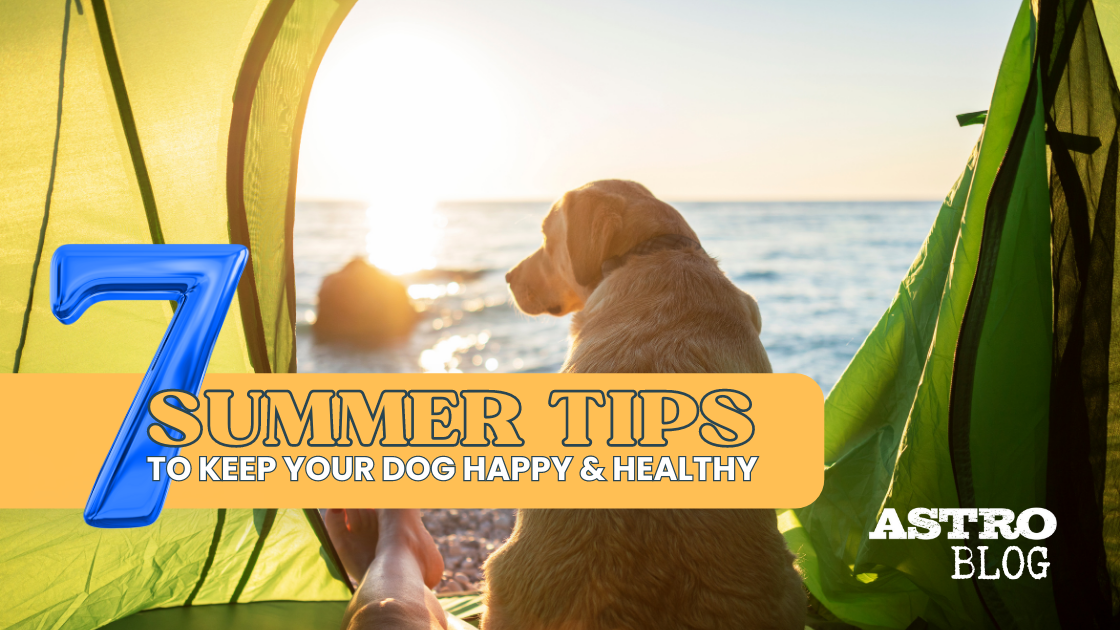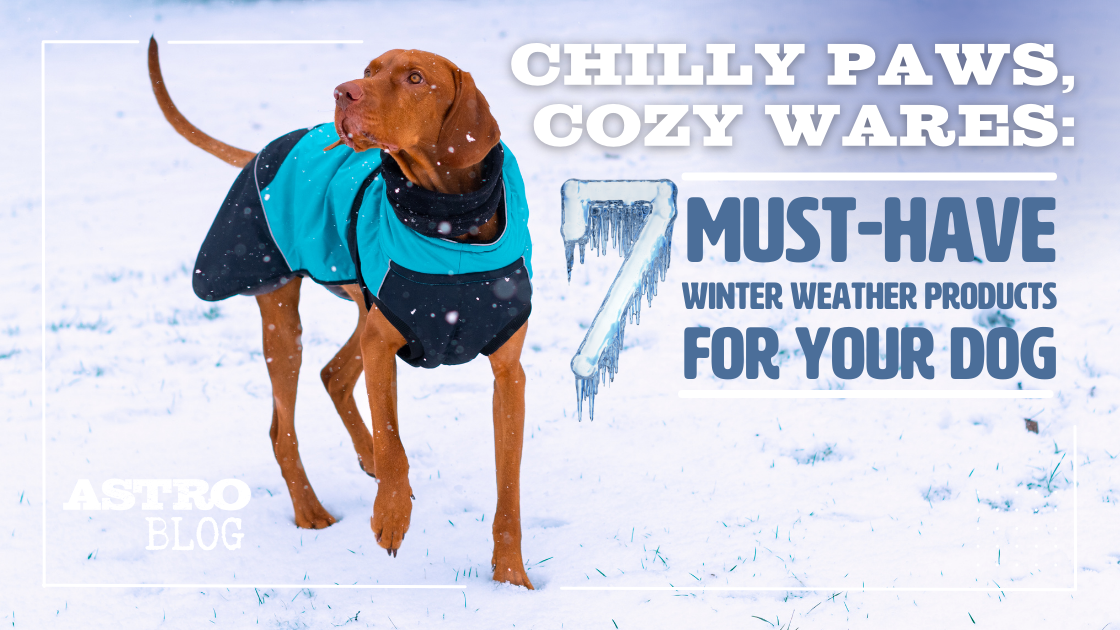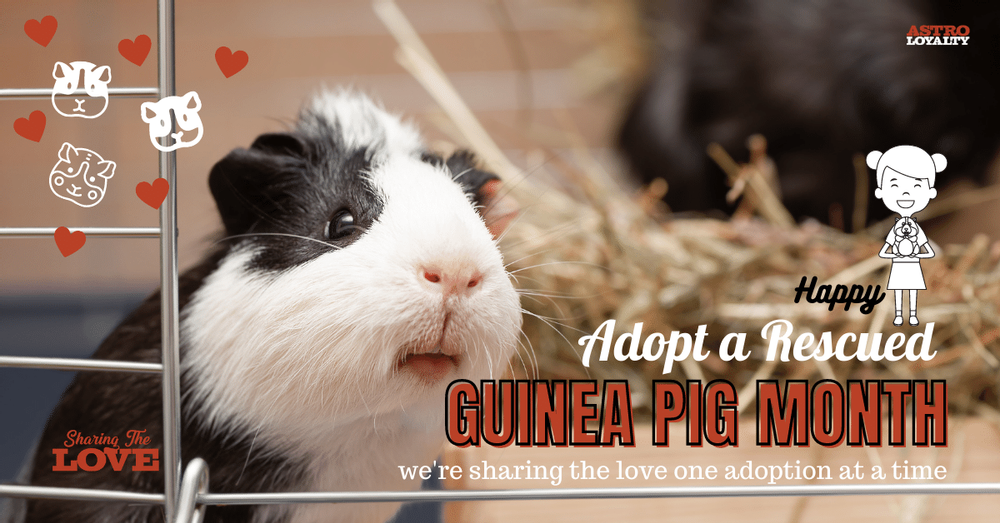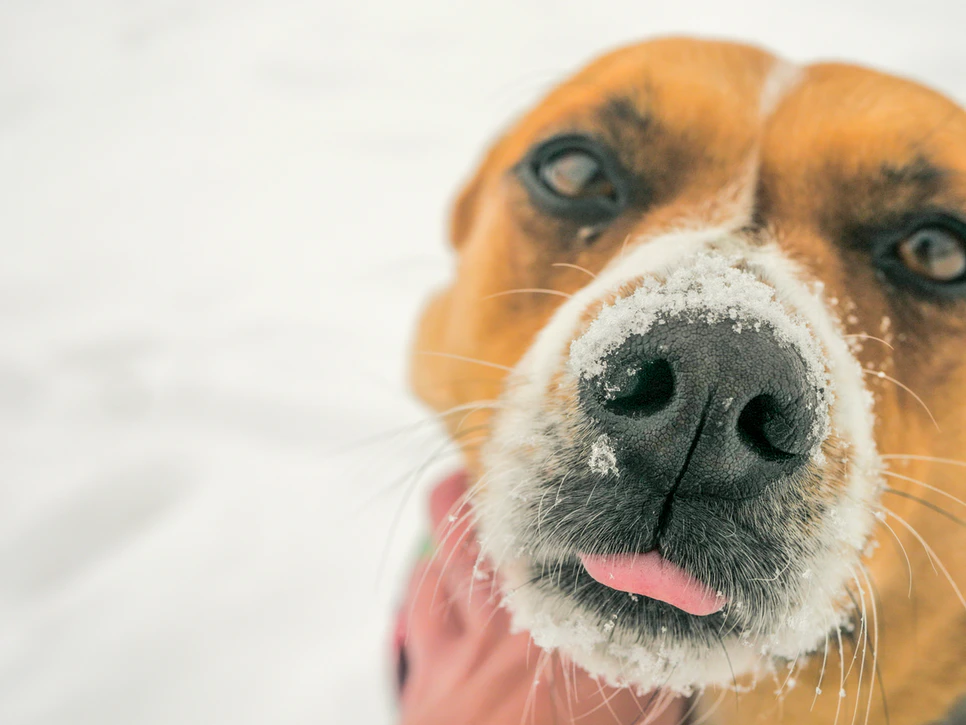If you live in a colder climate where temperatures tend to drop below freezing for a few months a year, then you need to find ways to keep your dog warm while on outside adventures.
Of course, some breeds are better suited to the winter weather and handle it quite well (like Siberian huskies and Alaskan Malamutes). However, other breeds have a harder time dealing with low temperatures and will need some more help from your end, even on short walks.
Regardless of breed, it’s important to note that your dog should have a warm, dry place to retreat to when they want, even if they like spending time in the snow.
Let’s take a look at three ways to keep your dog snug, warm, and safe during the frigid dog days of winter.
How Cold Is Too Cold?
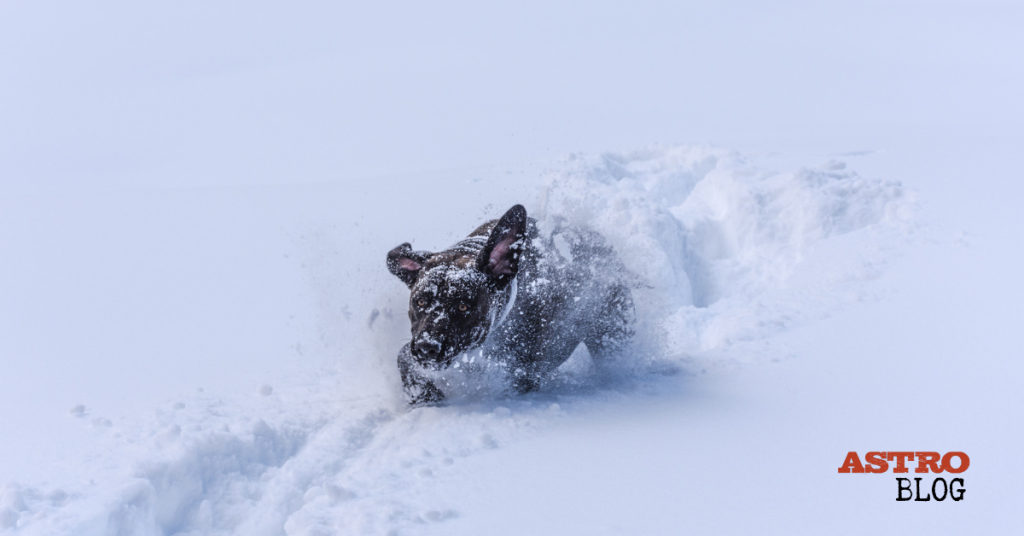
Many dog owners believe their canine friends don’t feel the cold as much because of their fur coats. While their fur does help with insulation to an extent, the reality is that our dogs get cold just like us, especially if they have shorter coats. Additionally, elderly dogs are generally more susceptible to adverse effects from incredibly cold temperatures.
Temperatures below freezing (32°F or 0°C) are unpleasant for many dogs, especially if they’re outside for an extended period of time, which can also be detrimental to their health.
Dogs that are more cold-averse may start to feel uncomfortable once the weather goes below 45°F or around 7°C. Once temperatures reach this point, you shouldn’t allow your dog to stay outside for a prolonged period of time, especially if you aren’t supervising them to watch for signs of discomfort.
How to Keep Your Dog Warm
Of course, every dog needs to go outside to use the bathroom and have a quick romp in the snow! Here are three ways to keep your dog warm and safe during (and after) an outdoor excursion.
1. Buy a Well-Fitting Sweater or Jacket
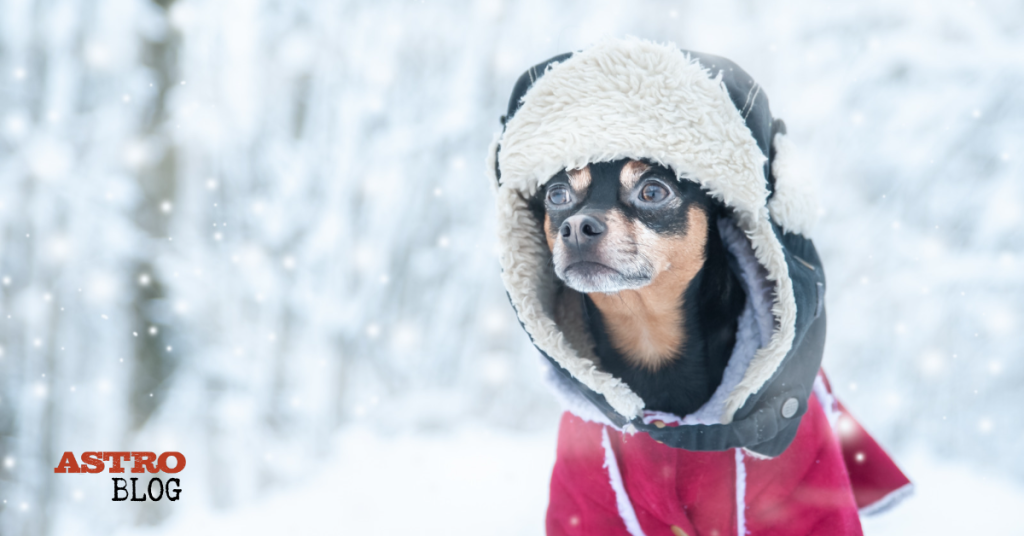
As previously mentioned, breeds with thick double coats usually cope just fine, even in sub-zero temperatures. However, smaller dogs and dogs with shorter coats that can’t keep their body temperatures up aren’t fit to go out in such harsh temperatures without some extra gear. Some of these breeds include greyhounds, miniature pinschers, American pit bull terriers, Staffordshire terriers, Chihuahuas, Malteses, poodles, and the list goes on.
Unless your dog is specifically bred to withstand freezing temperatures, it’s a good idea to get them a sweater or a jacket that they can wear when outside.
If you plan on going on a longer adventure, a heavy-duty doggie jacket may be in order, but a sweater should suffice for quick bathroom trips.
To make sure their apparel fits them, take your dog’s measurements. Measure around your dog’s neck, across the shoulders, and around the chest. It’s also worth mentioning that you should look for sweaters or jackets that provide a snug—but not tight—fit. Otherwise, the material can cause irritations to the dog’s skin, or it can cause choking.
2. Pay Attention to the Paws!
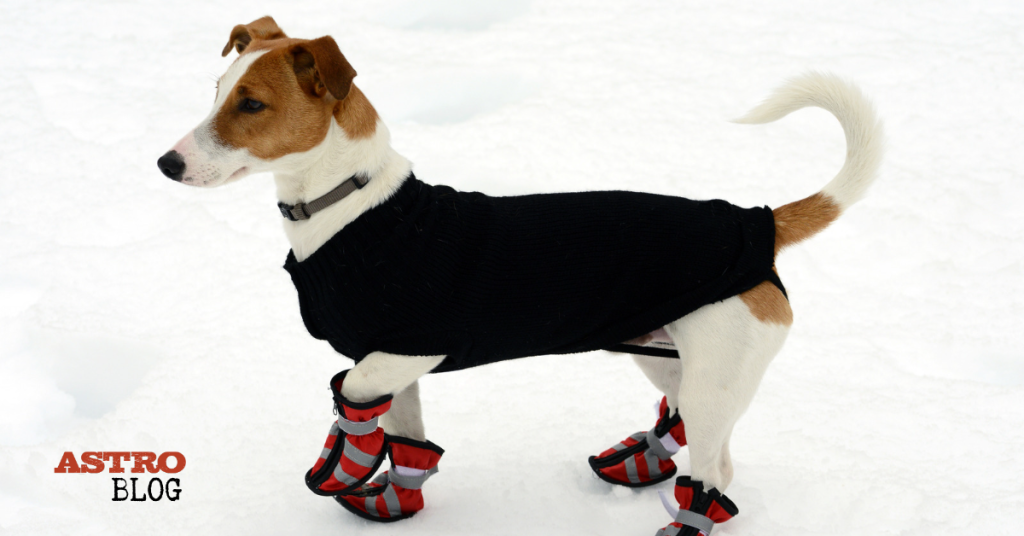
During the winter months, you need to pay special attention to your dog’s paws. If they’re bare while walking outside, they could easily get frostbite. Additionally, ragged ice and salt can damage or irritate their paw pads.
In freezing temperatures, it’s good practice to wipe away ice and snow from your dog’s feet when they return from a bathroom break. If you’re outside for an extended period of time or if the temperature is well below freezing, you should utilize dog boots or shoes to protect their feet. In the extreme cold, a dog’s paw pads could get injured in a matter of minutes if they’re bare in the snow. You’ll want to measure their paws correctly to ensure you get the right size.
You may also want to consider using paw wax if it’s not quite cold enough to warrant shoes but you still want to protect their paws from ice and salt.
3. Have a Way to Warm Them up Inside
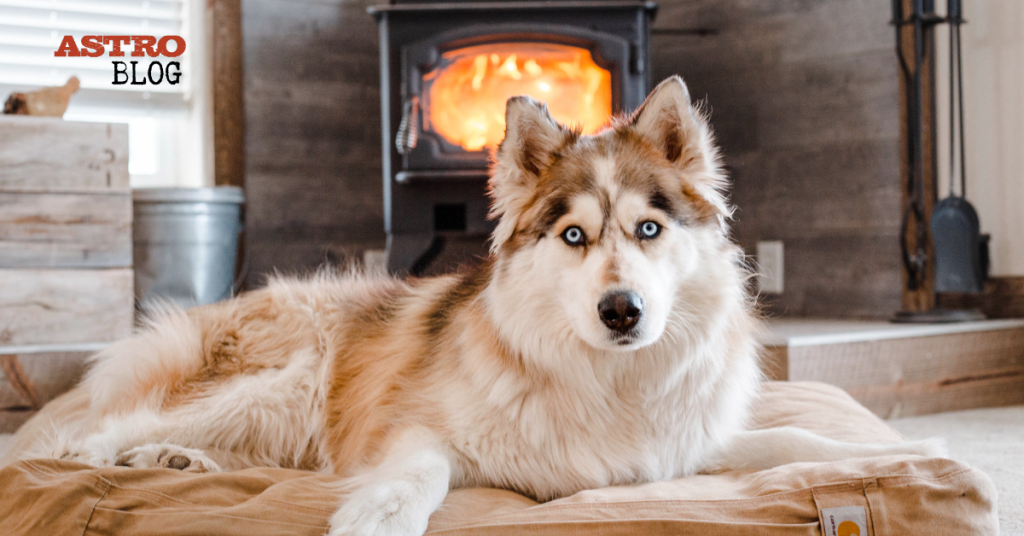
It feels nice to get warm after being cold. If your dog is showing clear signs of being cold, such as shivering, consider using the following methods to warm them up once you’re back inside:
- Wrap them in a blanket with a warm water bottle. Warm, not scalding hot! Don’t put the water bottle directly on their fur, but make sure there are layers of blanket between your dog and the bottle.
- Offer warm water to your dog instead of cold. Again, make sure the water is only lukewarm or the tiniest bit warmer, not hot. This can help warm them from the inside.
- Turn on a space heater for them in a safe, supervised location. Your dog might like to sit in front of a space heater for a while to warm up slowly, but only allow them to do so under direct supervision. You don’t want them getting too close and overheating or knocking it over.
Keep in mind that even dogs with longer coats need to be protected from the cold. Extreme weather can cause permanent damage to dogs, just as it can to humans. Keep warm this winter, and make sure your loyal companions stay toasty and comfortable too! 🖤


